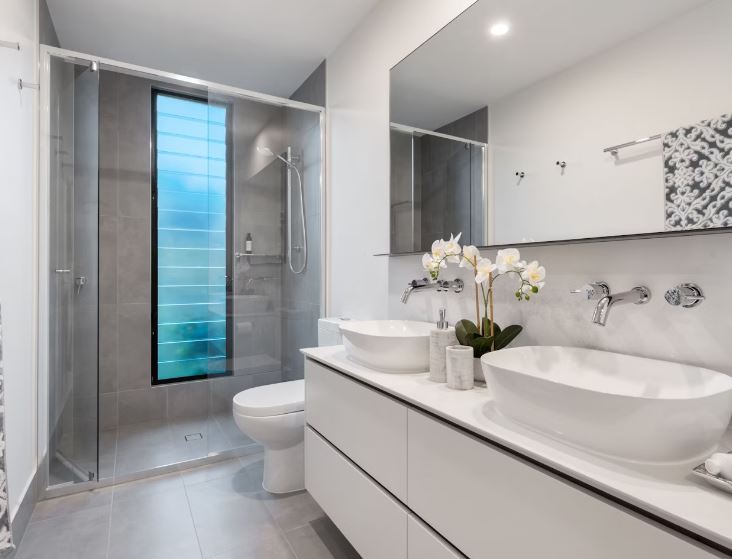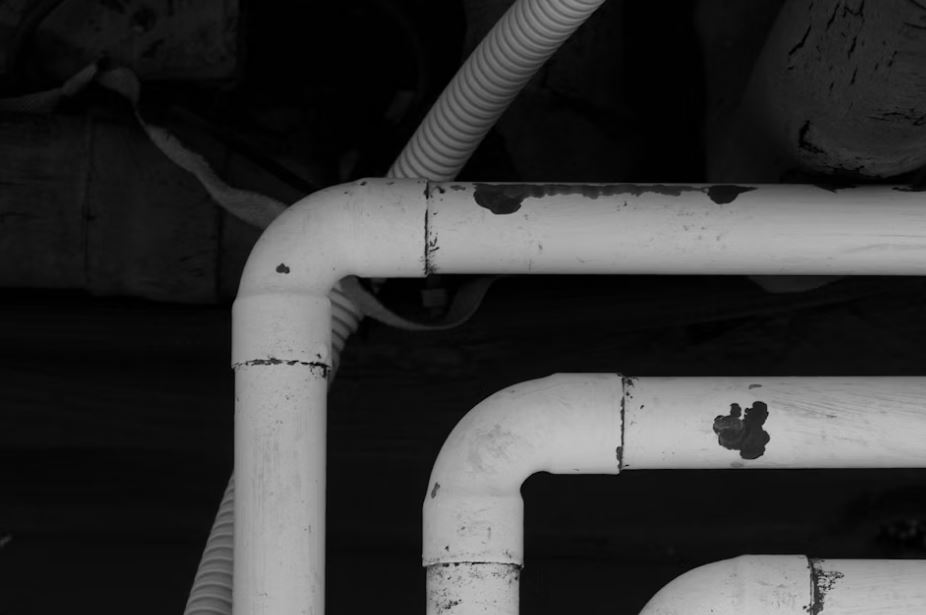-
Shop
- Furniture
- Kitchen
- Bathroom
- Home & Garden

Just ripped out your old vanity, ready to install the brand new beauty, and… uh oh.
The drawers won’t close because they hit the pipes, or the fancy new sink sits an inch too high for the p-trap to connect.
We’ve all been there (or at least felt the sinking dread of that moment).
Fortunately, there are few things you could try before you decide to replace the vanity.
In this post, I’ll explain why your new vanity does not fit plumbing and what you should do.
One of the big reasons for plumbing not lining up is the age of the home and the older plumbing designs.
Homes built a while ago often had plumbing configured in ways that don’t work well with the size and style of modern vanities.

Also Read: gap between vanity and wall
Plus, newer vanity styles, like the ones with open bottoms or different dimensions from traditional designs, can be tough to install with existing plumbing.
Another issue that comes up is when the current drain pipe goes into the floor, but the new vanity is made for a drain pipe coming out of the wall.
This difference makes it really hard to get the right clearance and fit the vanity properly.
And if the existing pipes are crooked or angled weirdly, that just adds to the challenge of getting everything lined up nicely.
If your new vanity doesn’t fit the plumbing, you’ve got a few options to consider:
A common solution is to simply notch out part of the new vanity so it can fit around the existing plumbing.
This usually involves using a saw to cut a slot or hole in the bottom shelf or base of the vanity where the drain pipe comes up.
It allows you to slide the vanity into place without having to move any of the plumbing lines.

The big advantage is it’s a pretty straightforward fix. The downside is you’ll have that notched-out section visible on your new vanity, which some people find unappealing.
But for many, it’s an easy compromise to make the new vanity fit.
If you don’t want to modify the vanity itself, another option is opening up the bathroom wall to get access to the plumbing behind it.
From there, you may be able to raise the drain pipe up higher so it clears the new vanity base.
Also Check Out Our: Modern LED Light Mirror Bathroom Vanity Set
This could involve cutting the existing pipe, adding an extension piece, and re-routing it higher on the wall. Some plumbers recommend installing an air admittance valve at the highest point to allow proper venting.
While this approach maintains the vanity’s original look, it’s definitely more invasive work that will involve patching the drywall after.
There are creative drain setups that may provide clearance without modifying the vanity or wall.
Using offset drain strainers or flexible drain pipes could allow you to configure everything to sneak past the vanity shelf. Keep in mind flexible pipes may not meet plumbing code in some areas.
Adjusting the trap arm length by cutting and re-positioning pipes with new fittings is another possibility.
You could also try angling the p-trap as it comes out of the wall with 45-degree fittings. Just be cautious about creating improper venting situations.
For some bathroom layouts, the easiest fix may simply be to return the new vanity altogether and find one better suited for your plumbing setup.
This avoids a lot of major plumbing work.
It’s not the most cost-effective route, but it ensures a clean installation without compromises.
Just be sure to get comprehensive measurements of your existing pipes and allow enough room for the p-trap with any replacement vanity.
Some plumbers recommend using compact barrel-style p-traps which have a lower profile that may provide enough clearance.
If the vanity has adjustable height legs, trimming them down could lower it enough to clear the existing plumbing.
Other than that, creating a temporary s-trap shape with the piping could allow fitting the new vanity before transitioning back to a p-trap (not often not code-approved tho).
Also Check Out Our: Lux-Illuminate RGB LED Bathroom Mirror
As a last resort, you can build a slightly raised base or platform to set the new vanity on and increase clearance from the plumbing below.
Installing a new bathroom vanity is supposed to be an exciting home upgrade, but plumbing problems like these can quickly ruin the fun.
Follow the solutions I went over and you should be able to resolve the issue.
But if major modifications seem too complex to DIY, don’t hesitate to call in a plumber – that’s the best way to ensure everything is up to code and avoid bigger headaches down the road.
FAQs
Depending on the drawer and pipe configuration, you might be able to cut out a section of the back of the drawer to accommodate the pipes. If the layout is complex, you would have to modify the plumbing.
If the p-trap is too low, you can open up the wall and raise the drain pipe. Or you can carefully cut a rectangular notch in the back of the vanity shelf to accommodate the p-trap.




Leave a comment